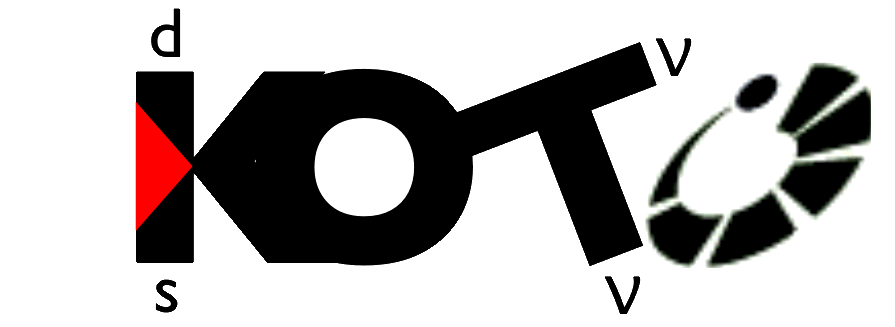
The purpose of the J-PARC E14 KOTO experiment is to search for new physics that breaks the CP symmetry. The probe that we use is KL→π0νν decay. This decay directly breaks the CP symmetry: changing a (mostly) CP-odd state to a CP-even state. In the standard model (SM), this decay mode goes through a "penguin" diagram with a top quark in the loop. Since KL is expressed as |K0>−|K0>, the decay reflects the imaginary part of the s-quark to d-quark transition amplitude. The SM predicts the branching ratio to be 2.4×10-11 with small intrinsic theoretical uncertainty (~2%). Descrepancy from the prediction, if exists, gives us a hint of physics beyond the SM.
The current experimental limit is 2.6×10-8 (90% CL) by the KEK E391a experiment. The KOTO experiment will explore wide region (3-order of magnitude) in the branching ratio, to the level of SM prediction.
The KOTO experiment was proposed in 2006. A neutral beam line (KL line) was built for the experiment in 2009 in the J-PARC Hardron hall. The detector construction was completed (except for several new detectors), and the first physics data were taken in May 2013.